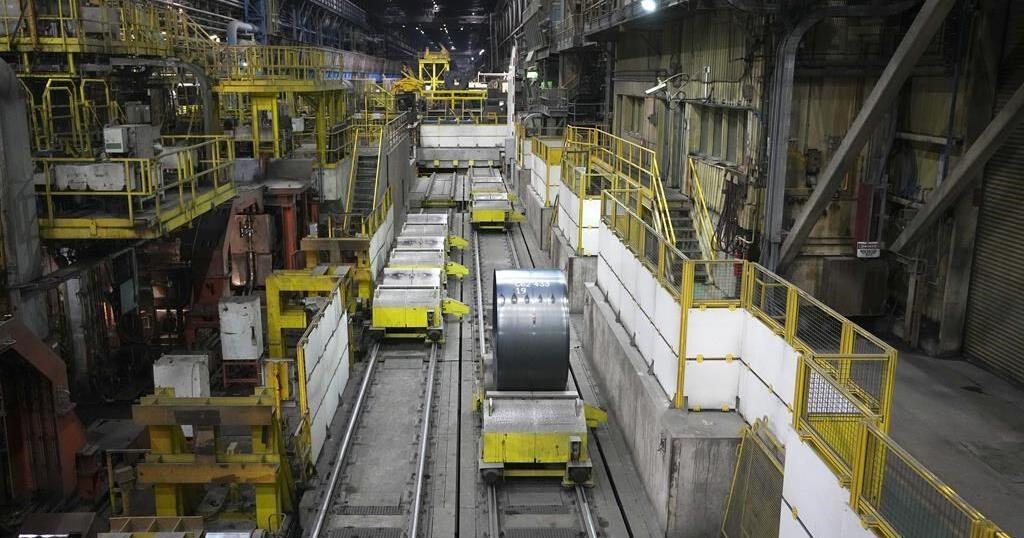Last week, Google stated that its carbon emissions have skyrocketed by a whopping 48 percent over the last five years. “AI-powered services involve considerably more computer power – and so electricity – than standard online activity, prompting a series of warnings about the technology’s environmental impact,” the BBC reported Thursday. Indeed, a recent study from scientists at Cornell University finds that generative AI systems like ChatGPT use up to 33 times more energy than computers running task-specific software. Furthermore, each AI-powered internet query consumes about ten times more energy than traditional internet searches.
This runaway increase in power consumption as AI picks up speed poses a direct threat to the tech sector’s ability to make good on its decarbonization promises. While Google hasn’t budged from its net-zero by 2030 goals, the company has admitted that “as we further integrate AI into our products, reducing emissions may be challenging.”
Altogether, the global AI sector is expected to be responsible for 3.5 percent of the world’s electricity consumption by 2030. In the United States, data centers alone could consume a whopping 9 percent of electricity generation by 2030. That represents a two-fold increase of current levels. That punishing growth rate will have major implications for national energy security, not to mention the economy.
“When you look at the numbers, it is staggering,” Jason Shaw, chairman of the Georgia Public Service Commission, an electricity regulator, told the Washington Post back in March. “It makes you scratch your head and wonder how we ended up in this situation. How were the projections that far off? This has created a challenge like we have never seen before.”
Together, AI and electric vehicles are expected to add 290 terawatt hours of electricity demand to the United States energy grid by the end of the decade according to projections by Rystad Energy. By 2030, these two sectors alone will consume an equivalent amount of energy to the entire nation of Turkey – the world’s 18th largest economy.
All this means that the country has to add a whole lot of energy production capacity at a breakneck pace, or the United States risks running out of energy altogether. “This growth is a race against time to expand power generation without overwhelming electricity systems to the point of stress,” said Rystad analyst Surya Hendry.
And the American public can expect to bear a whole lot of that burden in the form of ballooning energy bills. Furthermore, there’s nothing that the average consumer can do to stop it, as it’s not a consumer behavior issue so much as a tech sector issue. Electricity prices are already on the rise, and growth rates aren’t going to slow down any time soon according to projections from the Bank of America Institute, a think tank that crunches proprietary data to provide economic insights. In the bigger picture, industry insiders have warned that if the nation can’t produce enough energy to keep up with these ballooning demands, they risk hindering economic growth.
No one is more aware of this power crunch than Big Tech. CNBC reports that heavy hitters like Amazon, Alphabet, Microsoft, and Meta, are all begging for increased energy as they continue to add data centers to the grid, often at a gigawatt of electricity a pop. In order to fill this massive and increasing supply gap, many tech bigwigs are calling for an increase in nuclear energy deployment and nuclear fusion research, as it is a proven zero-carbon technology capable of producing large volumes of baseload power, avoiding many of the technological and bureaucratic pitfalls associated with renewables.
The reality, however, is that no single power source can save the United States from the crushing weight of its own technological ambitions. Feeding the insatiable hunger of AI, EVs, and related sectors will likely require additional extraction and exploration of fossil fuels in a business-as-usual scenario. And this is a huge problem.
However, AI could be the solution as well as the problem. It could be employed in ‘smart grids’ to ensure efficiency and reduce emissions. However, this would require restraint that the tech sector isn’t exactly famous for. The Department of Energy has warned that this approach could cause more harm than good if applied ‘naively.’
By Haley Zaremba for Oilprice.com

























